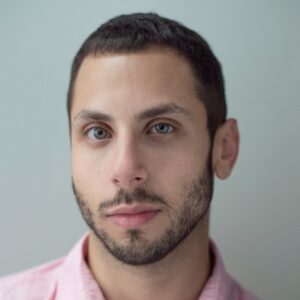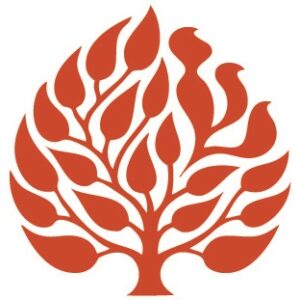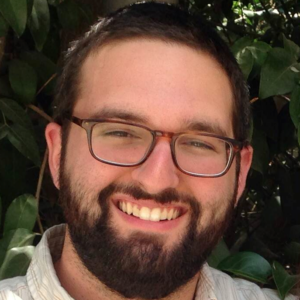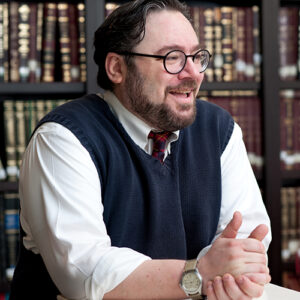
The Eyes Have It: Looking at the Text
Oct 31, 2014 By Anne Lapidus Lerner | Commentary | Lekh Lekha
Matthias Stom’s “Sarah Leading Hagar to Abraham” (c. 1638)—brought to my attention by Mimi Kaplan, a student at the Albert A. List College of Jewish Studies of The Jewish Theological Seminary—is a proverbial picture worth a thousand words.
Read More
And Now, You Pray?
Oct 21, 2014 By Michael R. Boino | Commentary | Noah
“And Now, You Pray?” explores both human and Divine responsibility in Parashat Noah. The piece utilizes several sources that explore voices of protest or requests for help, both those which are voiced as well as those suppressed or ignored.
Read More
The Dove
Oct 16, 2015 By Daniel Heschel Silberbusch | Commentary | Noah
This is part of a larger painting/collage that in turn is part of a children’s book I am making inspired by “Had Gadya,” the song we sing at the Pesah Seder’s conclusion. The piece this paper cut-out comes from interprets the song’s final verse “And God came and killed the angel of death.” The verse presents an obvious challenge to a Jewish artist reluctant to “portraitize” God. It also echoes this week’s parashah: God steps in after destruction and promises an end to such destruction (Gen. 8:10-22). Perhaps for this reason I gravitated toward recycling this image.
Read More
What Did Abraham Actually Know?
Oct 30, 2015 By Tim Daniel Bernard | Commentary | Vayera
“But was he really as strongly convinced of such a revealed doctrine, and also of its meaning, as is required for daring to destroy a human being on its basis?”
—Immanuel Kant, Religion within the Boundaries of Mere Reason §4, transl. George di Giovanni
What would you do if a voice told you to sacrifice your child?
Read More
Worn Torn
Nov 6, 2015 By Amichai Lau-Lavie | Commentary | Hayyei Sarah
“Abraham mourned and wept for Sarah.” (Gen. 23)
Did he rip his clothes? And what did Isaac do when hearing that his mother died?
I think of him this year as the verse in “the Life of Sarah” leaps again beyond the Speaking Scroll, an annual review of loss and mourning. Just about a year ago my father died. In the moments following the news, alone in a hotel, far away from anyone and anywhere, my first instinct was to tear my shirt, observing “keri’a.”
Read More
Reimagining a Fixed Image
Nov 13, 2015 By Allison Kestenbaum | Commentary | Toledot
When I read Toledot, I can’t help but have in mind a painting called “Jacob and Esau” by Jose de Ribera. I studied this painting while taking an art history class at the Prado Museum in Madrid many years ago. It is so vivid in my imagination that not only can I recall most of the details, I also can remember the exact location of the painting in the museum. The painting is known for its lifelike depiction of fabrics and the sheep skin on Jacob’s arm used to trick his father.
Read More
“And Shall We Do It?”
Nov 15, 2015 By Louis Polisson | Commentary | Vayetzei
It is not in Heaven
And I did not know
I said: “Who shall go up for us to heaven?
I don’t want to, I don’t care
I don’t understand…”

Homecoming
Nov 24, 2015 By Marcus Mordecai Schwartz | Commentary | Vayishlah
In Parashat Vayishlah, Jacob returns to the Land of Canaan after a long absence and finds trouble rather than the comforts of home. He prepares to meet his estranged and potentially violent brother.
Read More


